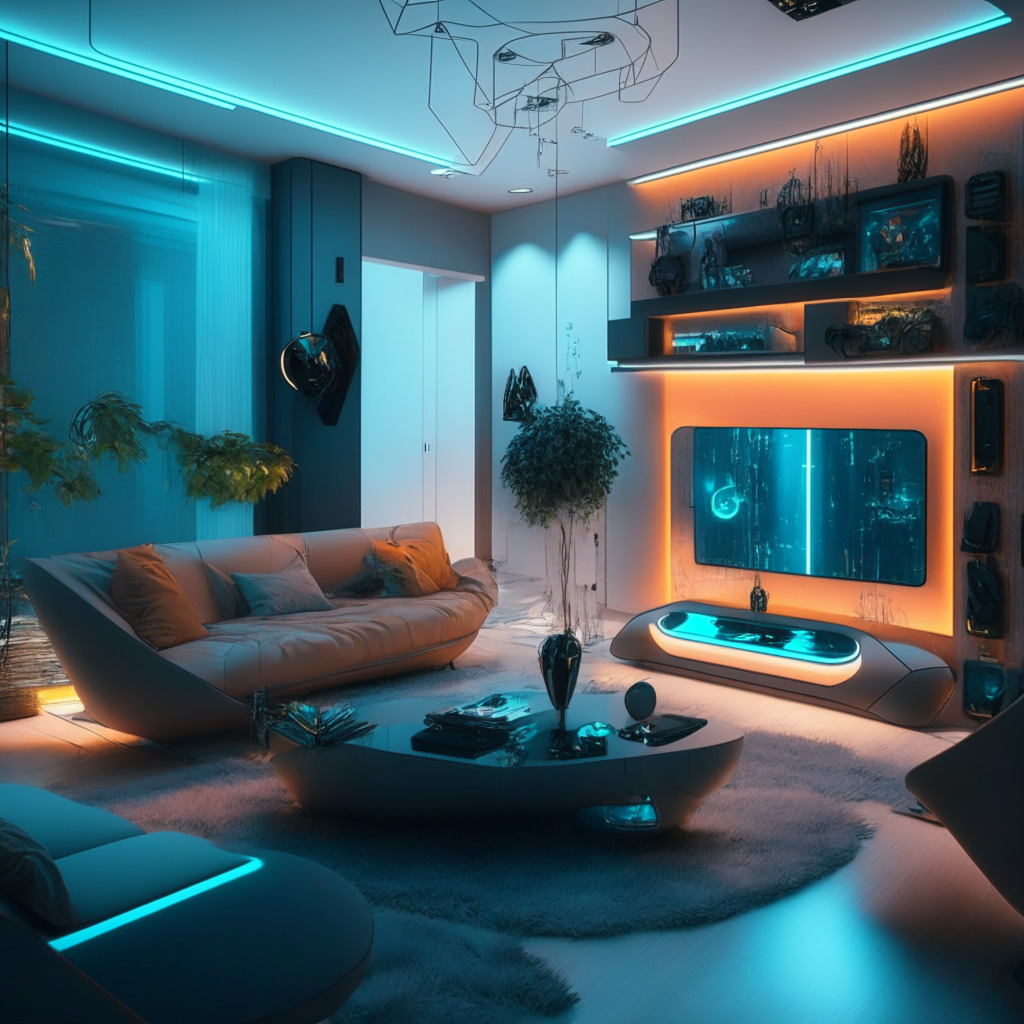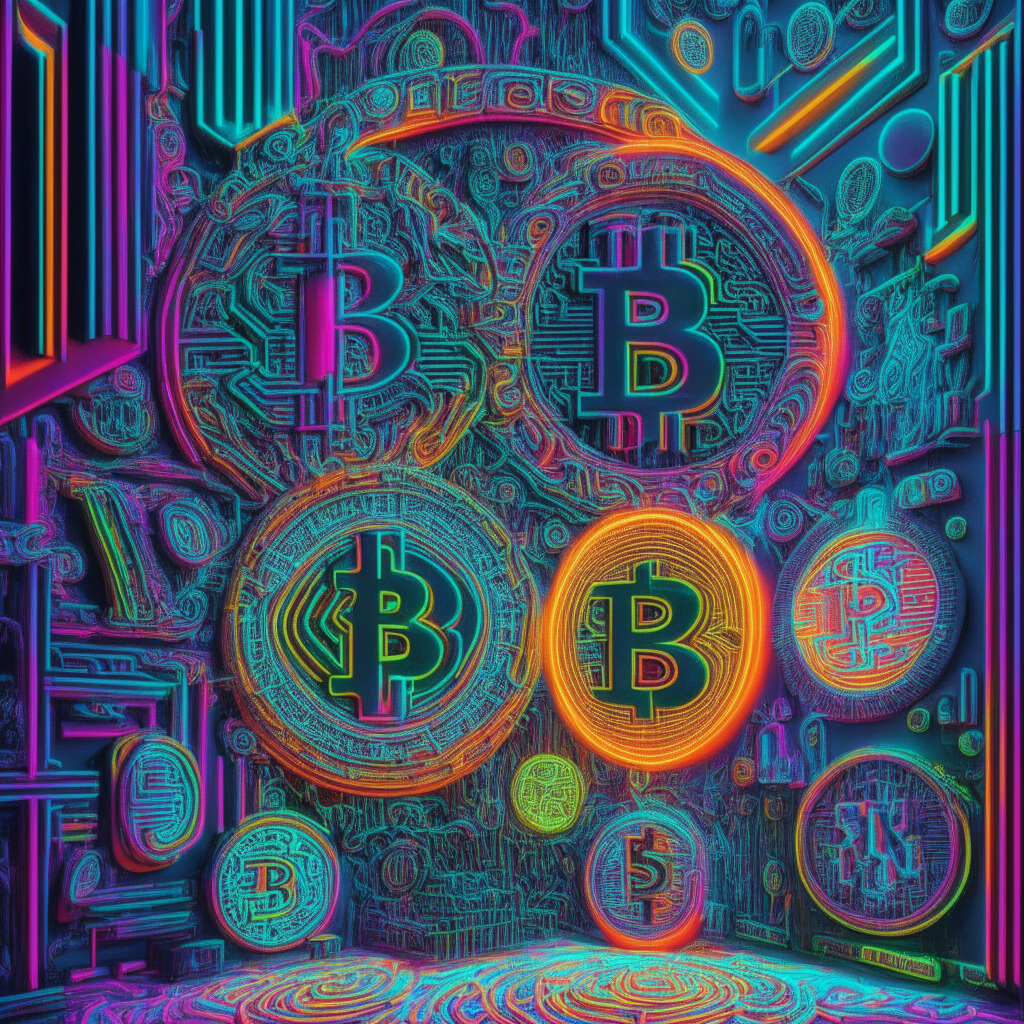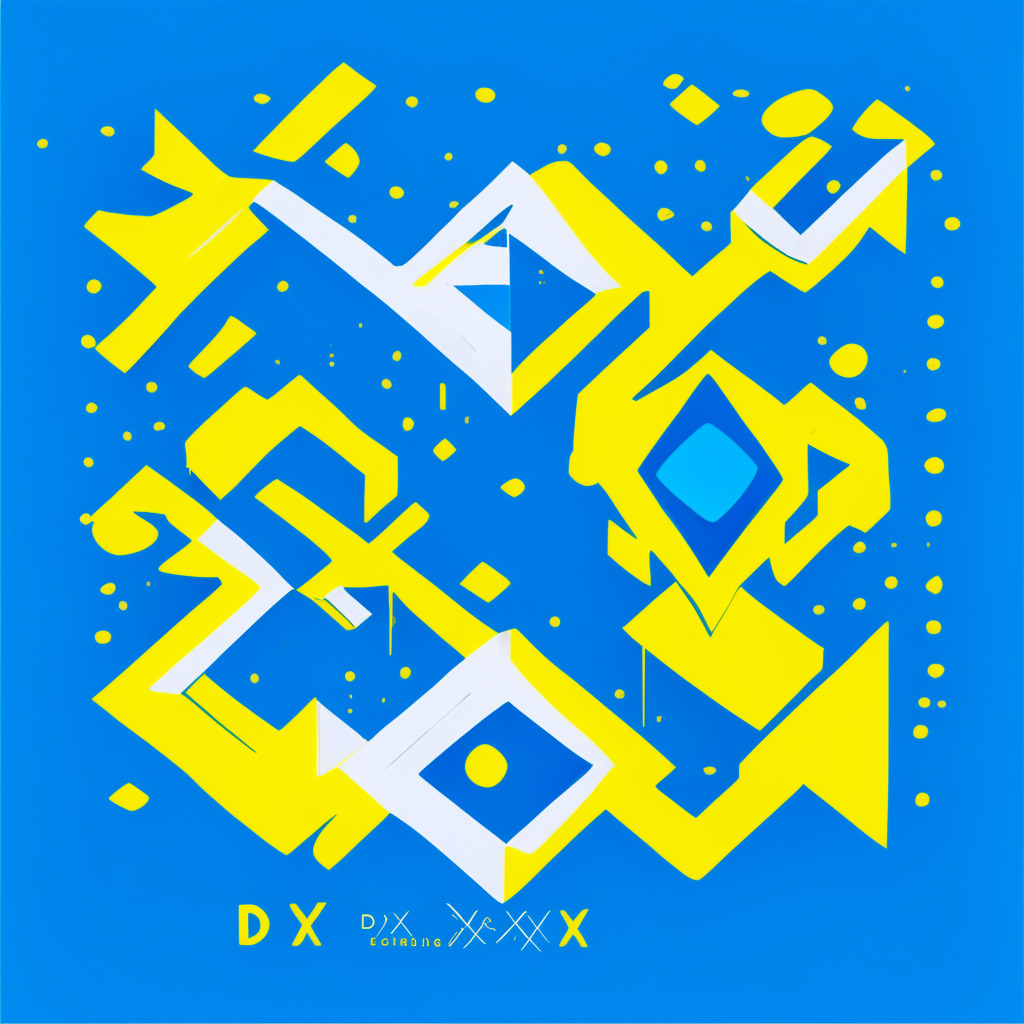Electronics giant, LG, has recently filed for patent protection for an innovative television technology that could change the landscape of digital art collecting, by enabling users to trade non-fungible tokens (NFTs) directly from their TV screens. The device establishes a connection with an NFT market server, receives and displays preview artwork, and facilitates purchases through the user’s connected cryptocurrency wallet.
In September last year, LG initiated its journey to bring NFTs to its televisions, with the release of its Art Lab marketplace. Plugging into the Hedera Network, LG has been operating as a node since 2020. The recent move to file a patent suggests that LG anticipates continued consumer demand for NFTs in the future and sees a business opportunity in making them more accessible.
LG is not alone in identifying the potential of merging television technology with the burgeoning NFT market. In January 2022, South Korean competitor Samsung released an NFT marketplace on three of its TV models, supported by Nifty Gateway.
While the integration of NFT trading and smart TVs certainly presents an innovative step towards mainstream adoption of digital assets and art, skeptics may question the long-term viability of such technologies. Given the unpredictable nature of cryptocurrency markets and rapid advancements in technology, it remains uncertain whether these cutting-edge TVs will retain relevance and value in the years to come.
Additionally, not all users may find this new technology appealing, especially those wary of cryptocurrency market volatility or concerned about the environmental impact of such digital assets. In these cases, the convenience and accessibility of an NFT-integrated TV may not outweigh the potential risks and drawbacks associated with the emerging digital asset market.
Nevertheless, this exciting development in both the television and digital asset industries showcases remarkable progression in the integration of technology and cryptocurrency markets. Should consumer interest in NFTs continue to grow, the idea of trading and showcasing digital art from the comfort of their living room could become a reality for many.
In conclusion, the ongoing exploration and implementation of NFT-enabled TVs, as exemplified by the efforts of LG and Samsung, signal a fascinating shift in the expansion of digital asset accessibility. While embracing NFT trading via television technology is an attractive proposition for some, potential concerns and drawbacks must be acknowledged, ensuring that users can make informed decisions when engaging with the digital asset marketplace. The sustainability and success of integrating NFTs and TVs rest upon consumer demand, technology advancements, and the flourishing world of digital assets.
Source: Coindesk




